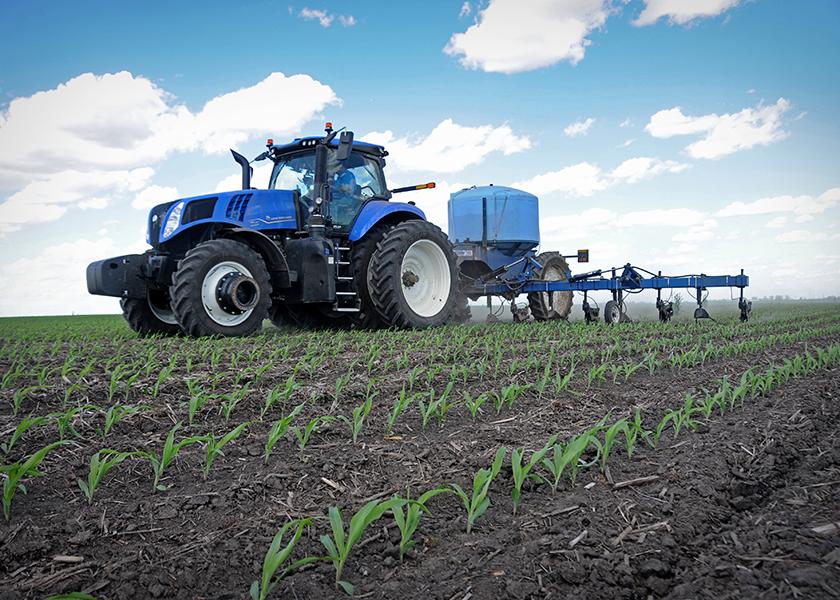Nutrient Reductions, Atrazine Changes: Bill Northey Shares Insights

Iowa Agribusiness Association CEO Bill Northey joined AgriTalk on the heels of an important nutrient management announcement and field trip with EPA officials.
Northey celebrated the recent $250,000 grant given to Iowa Nutrient Research & Education Council (INREC), to improve water quality and support Iowa’s Nutrient Reduction Strategy.
“This grant will continue our work,” Northey says. “We’re also looking at some nitrogen rate studies that would help us understand how to improve nitrogen management for Iowa farmers.”
He says it will be a combination of in-field practices (cover crops, reduced nitrogen rates or split nitrogen applications) as well as edge of field activities (nutrient reduction wetlands, bioreactors, and saturated buffers) Iowa farmers will use to meet their goals.
He notes recent studies supporting how Iowa farmers have significantly reduced phosphorus leaving their fields and milestones in adoption of conservation practices.
“If you look at all the conservation practices that are out there, that change from 30 years ago is tremendous,” Northey says. “The Nutrient Reduction Strategy started not just quite 10 years ago, and at that time, we had maybe less than 20,000 acres in cover crops in Iowa. Now, we’re around 3 million acres of cover crops.”
As a former USDA Undersecretary, Northey shared some insights into the $19.5 billion in conservation funding included in the Inflation Reduction Act, with one of the climate initiatives prompting USDA to estimate 89 million acres of cropland exceed the nitrogen loss threshold required.
So does this mean manufacturers, retailers and farmers should expect rate mandates?
“Any regulatory kind of scheme is probably a risk, but I would think that it's a small risk,” Northey says. “One of the things I learned at USDA is ideas are easy, implementation is tough. So how would you implement that? How would you say what the rate should be everywhere? Frankly, in some years I've got a 5% organic matter soil it may release 250 pounds of nitrogen to grow that crop and I don't need a lot more than that to be able to grow the crop but some years it releases less than 100 pounds.”
Northey adds government intervention at that level of a rate reduction would be difficult to monitor and penalize.
“Besides, it'd be inefficient thing for the government to try and manage when the farmer wants the same thing–not any more than you need and to grow a great crop,” he says.
Field trips to ag retailers can be valuable tools in illustrating best practices already being done.
Also this week, Northey and his team helped host a group of officials from the EPA at the New Century FS location in Melbourne, Iowa. They toured the facilities, and particularly did some show-and-tell sessions about how the site is operated, the type of technologies used to ensure professional application of pesticides, and their safety considerations and containment structures for product storage.
Northey says this time together at a retail location was particularly helpful given the current comment period for new atrazine regulations.
“EPA has reduced the level of Atrazine that could appear in water, and in a way that would probably require a lower limit to the amount of atrazine that could be used, and it would certainly add more complexity in its use and the way you show your compliance,” Northey says.
He notes atrazine is used in more than 90 different products at low levels to add efficacy to a product and add weeds controlled to a tank mix.
“We talk to retailers, and they say that if we lose atrazine, we would see a lot more tillage because that’s what is remaining to be able to control some of these weeds,” he says. “EPA assures us that's not what they're after. They're not after more tillage. But certainly farmers need choices, and if some of the choices are taken off the table that's a real worry to our farmers and our retailers.”







